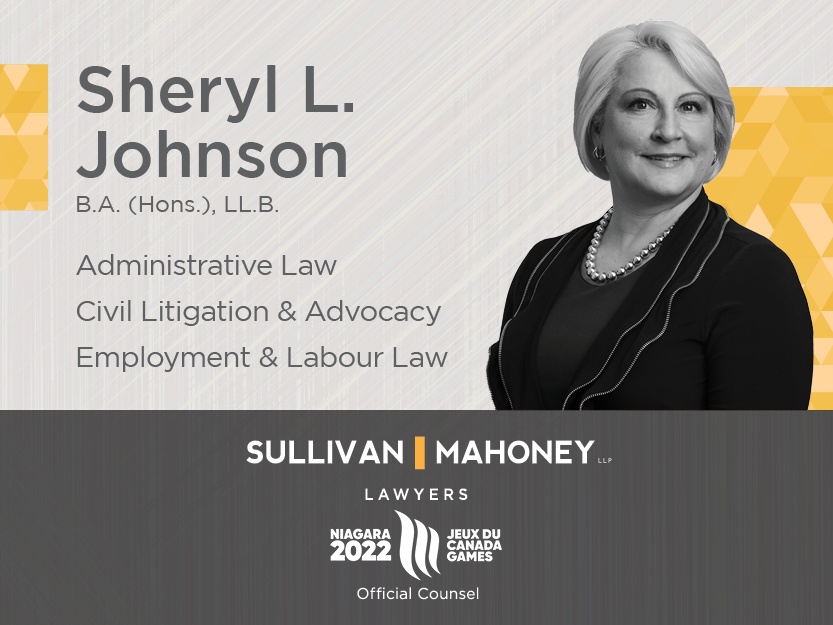Prime Minister Mark Carney is betting big on a bold, high-stakes strategy to reset Canada’s trade relationship with the United States and shield the country from the economic fallout of President Donald Trump’s tariff regime.
Carney welcomed a recent U.S. court ruling that invalidated key parts of Trump’s trade agenda, including border-related tariffs on Canadian goods. But the Prime Minister was quick to caution that the ruling, now under appeal, only partially relieves pressure. Trump’s “Section 232” tariffs on steel, aluminum, and potentially autos remain intact and could expand under the pretext of national security.
“Our trading relationship with the U.S. is still profoundly and adversely affected,” Carney told the House of Commons last week.
Rather than relying solely on court victories or World Trade Organization rulings, Carney is crafting a more muscular response. He has pledged to reduce Canada’s reliance on the U.S. market, fast-track domestic nation-building projects, and prepare for a high-stakes renegotiation of the Canada-U.S.-Mexico Agreement in 2026 where Canada risks becoming collateral damage in Trump’s political theatre.
This isn’t business as usual. The Prime Minister’s playbook acknowledges that old assumptions about cross-border goodwill no longer hold. Instead, Ottawa is preparing to outmaneuver Washington by using leverage, from energy to autos, and flipping Trump’s own tactics against him.
One part of that strategy: give Trump symbolic wins that cost Canada little. Experts point to the 2018 EU model, where the bloc avoided auto tariffs by “conceding” increased U.S. soybean imports they were already buying. Canada could adopt similar choreography, including modest dairy access, increased U.S. content in EV supply chains, or codified border controls, to defuse Trump’s aggression while gaining strategic trade concessions in return.
Another card in Canada’s hand is oil. Canada supplies nearly 60 per cent of the U.S.’s foreign oil demand, a dependency that gives Ottawa rare leverage. Industry voices are urging Carney to revive the Keystone XL pipeline in exchange for a complete rollback of Trump’s tariffs. Simultaneously, calls are growing for new east- and westbound pipelines to diversify export markets beyond the U.S.
Carney is also turning to tax reform as a defensive shield. With U.S. states offering lower corporate tax rates and Trump promising even more cuts, economists argue that Canada must make itself a more attractive destination for capital. Proposals to exempt reinvested corporate profits from taxation and overhaul the broader tax regime — are gaining momentum.
At home, Carney is tying trade resilience to domestic economic renewal. He told municipal leaders last week that the federal government will fast-track approvals for housing, transit, ports and energy infrastructure projects which are meant to boost productivity and buffer against trade shocks.
Carney’s approach represents a calculated pivot. With a volatile U.S. president focused on optics over outcomes, Canada’s best defence may be offensive and using smart concessions, strategic investments, and domestic reinvention to stay ahead of the next economic storm.
In a world where trade is performance, Canada is finally learning how to write its own script.

Daniel Perry is the Director of Federal Affairs at the Council of Canadian Innovators, leading national advocacy and engagement efforts. With experience in consulting and roles at the Senate of Canada, Queen’s Park, and the Canadian Criminal Justice Association, Daniel has helped political leaders and clients across various sectors achieve their public policy goals. A frequent media contributor and seasoned campaigner, Daniel holds a Master of Political Management from Carleton University.






